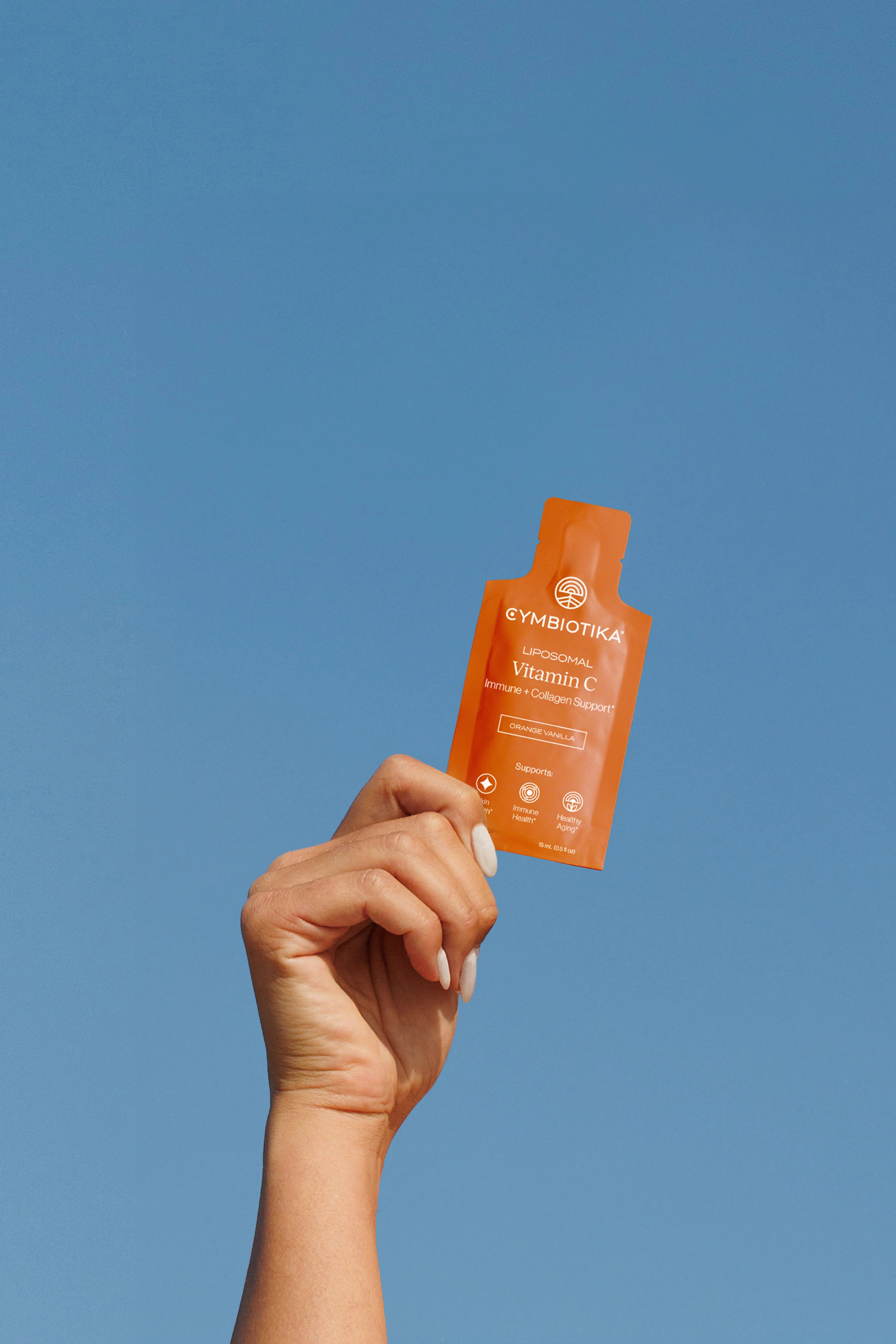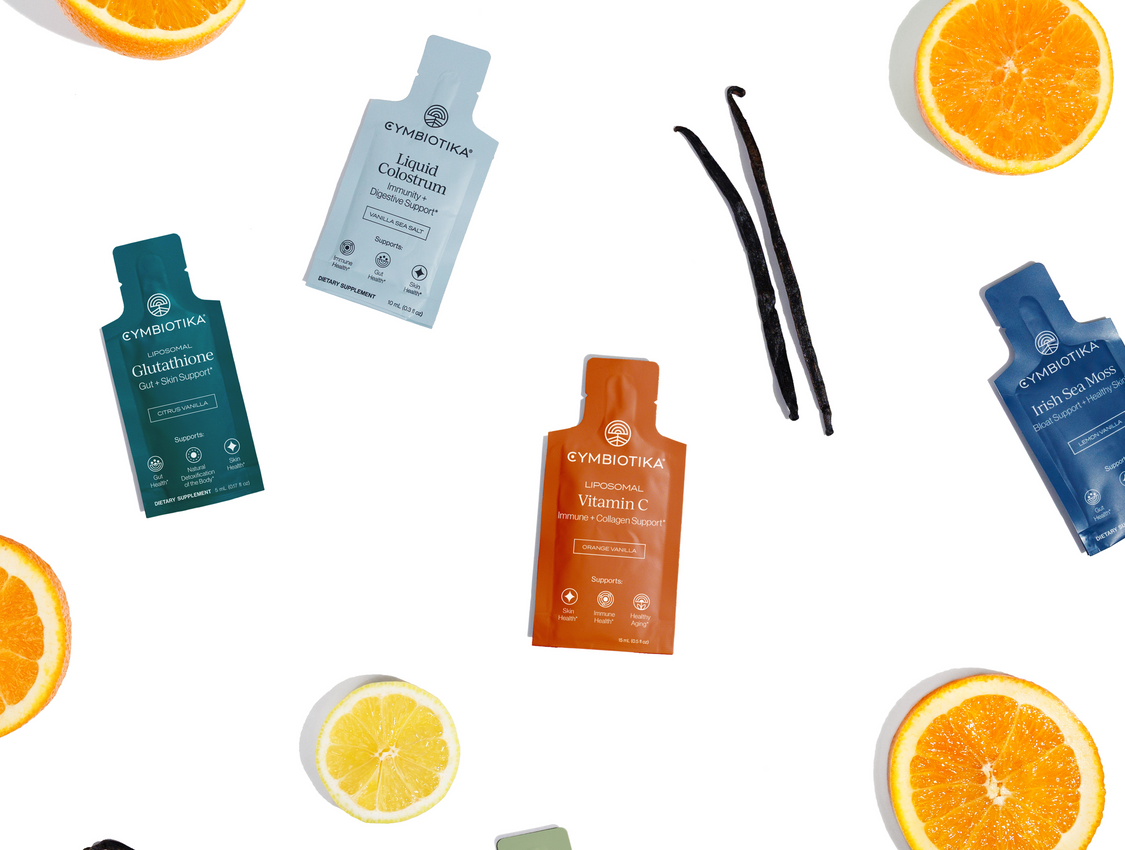Table of Contents
- Introduction
- Understanding Your Fitness Goals
- Assessing Your Current Fitness Level
- Designing Your Workout Routine
- Staying Motivated and Accountable
- Nutrition and Supplementation
- Conclusion
- FAQ
Introduction
Picture this: it’s Monday morning, and you’re filled with a mix of excitement and dread as you contemplate the week ahead. You know you want to incorporate fitness into your daily routine, but the thought of starting a workout plan feels overwhelming. Sound familiar? You're not alone. Many individuals share the same struggle—wanting to establish a workout routine but unsure where to begin. With statistics showing that about 80% of people give up on their New Year’s fitness resolutions by February, it’s clear that starting a workout plan is easier said than done.
At Cymbiotika, we believe that wellness starts with trust, and that includes transparency in our fitness journeys. Creating a workout routine is not just about breaking a sweat; it’s about establishing a sustainable lifestyle that empowers you to take control of your health. This blog post aims to guide you through the essential steps on how to create a workout routine that is tailored to your unique goals and lifestyle.
By the end of this article, you will have a clear understanding of how to design an effective workout plan, the importance of setting realistic goals, and tips on maintaining consistency. We’ll also explore how our science-backed supplements can support your fitness journey, helping you to optimize your performance and recovery. So, let’s dive in!
Understanding Your Fitness Goals
Why Set Goals?
The first step in how to create a workout routine is to clearly define your fitness goals. Setting specific, measurable, achievable, relevant, and time-bound (SMART) goals will provide you with direction and motivation. For instance, instead of saying “I want to get fit,” you might set a goal like “I want to run a 5K in under 30 minutes within the next three months.”
Types of Goals to Consider
-
Performance Goals: These focus on improving your physical capabilities, such as running a certain distance, lifting a specific weight, or mastering a particular exercise.
-
Health Goals: These might include lowering your blood pressure, improving your cholesterol levels, or maintaining a healthy weight.
-
Aesthetic Goals: While aesthetics shouldn’t be the sole focus, it’s natural to want to look good. Setting goals like “I want to tone my arms” can provide motivation.
-
Lifestyle Goals: These involve incorporating movement into your daily life, such as walking 10,000 steps a day or attending a fitness class each week.
Reflective Questions
- What do I want to achieve with my fitness routine?
- How do I want to feel physically and mentally after workouts?
- What obstacles might I face, and how can I overcome them?
Assessing Your Current Fitness Level
Before diving into a workout plan, it’s essential to assess your current fitness level. Knowing where you stand will help you set realistic goals and avoid injury.
Fitness Assessments to Consider
-
Cardiovascular Fitness: You can measure this with a simple test like the one-mile run or a brisk walk to gauge your endurance.
-
Strength Assessment: Try performing push-ups, squats, or planks to determine your muscular endurance and strength.
-
Flexibility: Consider a simple sit-and-reach test to assess your flexibility.
-
Body Composition: Knowing your weight, body fat percentage, and muscle mass can help you track changes over time.
Starting Point for Your Routine
Regardless of your current fitness level, there’s always a starting point. Even a simple goal like walking for 20 minutes a day can be a great way to ease into a more structured workout routine.
Designing Your Workout Routine
Components of a Balanced Routine
A well-rounded workout routine should include various types of exercises that support different aspects of fitness:
-
Cardiovascular Exercise: Activities like running, cycling, and swimming improve heart health and endurance.
-
Strength Training: Incorporate bodyweight exercises or weightlifting to build muscle and bone density. Aim to include exercises for all major muscle groups at least twice a week.
-
Flexibility and Mobility Work: Yoga, Pilates, or simple stretching can enhance flexibility, balance, and range of motion.
-
Active Recovery: Allow your body to recover with lighter activities like walking or gentle yoga on rest days.
Weekly Schedule Example
- Monday: 30 minutes of strength training (upper body)
- Tuesday: 20-minute brisk walk or jog
- Wednesday: Rest day or active recovery (yoga)
- Thursday: 30 minutes of strength training (lower body)
- Friday: 30 minutes of cardio (cycling or swimming)
- Saturday: Full-body strength workout
- Sunday: Rest day
Tools and Resources
Consider tracking your workouts with a fitness app or journal to keep yourself accountable. If you're unsure where to start, we invite you to take our AI quiz to identify the best supplement for your fitness journey.
Staying Motivated and Accountable
Building a Habit
Creating a fitness routine is not just about the exercises; it’s about building a habit. Here are some strategies to help you stay committed:
-
Schedule Your Workouts: Treat your workouts like important appointments. Put them on your calendar and stick to them.
-
Find a Workout Buddy: Exercising with a friend can make workouts more enjoyable and hold you accountable.
-
Mix It Up: Incorporate variety into your routine to prevent boredom. Try new activities, classes, or outdoor workouts.
-
Celebrate Small Wins: Acknowledge your progress along the way. Did you complete a challenging workout or achieve a personal best? Celebrate those moments!
Overcoming Obstacles
Life can be unpredictable, and obstacles will arise. Here’s how to overcome common challenges:
-
Time Constraints: If you’re short on time, opt for shorter, high-intensity workouts. Even 10-15 minutes of focused exercise is beneficial.
-
Lack of Motivation: Remind yourself of your goals and why you started. Sometimes, just getting started is the hardest part. Once you begin, you may find the motivation to continue.
-
Plateaus: If you feel stuck, consider changing your routine. Alter the types of exercises, increase intensity, or switch your workout days.
Nutrition and Supplementation
At Cymbiotika, we understand that nutrition plays a crucial role in supporting your fitness goals. Fueling your body with the right nutrients can enhance performance and recovery. Our range of science-backed supplements is designed to complement your workout routine, helping you to achieve optimal results.
Key Nutritional Strategies
-
Hydrate: Drinking enough water is essential for overall health and performance. Aim for at least 8-10 cups daily.
-
Balanced Diet: Focus on whole foods, including lean proteins, healthy fats, and plenty of fruits and vegetables.
-
Pre- and Post-Workout Nutrition: Eating a small meal or snack before and after workouts can help fuel your performance and recovery.
-
Consider Supplements: Our high-quality supplements can help support your energy levels, recovery, and overall well-being. Explore our Fitness Collection to find products that align with your goals.
Conclusion
Creating a workout routine that works for you is a journey, not a destination. It requires patience, commitment, and a willingness to adapt as needed. By understanding your goals, assessing your fitness level, designing a balanced plan, and integrating our wellness products, you’ll be well on your way to achieving your fitness aspirations.
Remember, wellness starts with trust—trust in yourself, your process, and the quality of the supplements you choose. As you embark on this journey, we encourage you to take our AI quiz to find the best supplements tailored to your needs. Together, let’s embrace the path to a healthier, more vibrant you!
FAQ
What should I do if I miss a workout?
Don’t be too hard on yourself! Life happens. If you miss a workout, simply resume your routine when you can. Consider adding a short session that day or a longer session later in the week to make up for it.
How long should my workouts be?
Workouts can vary in length based on your schedule and goals. Aim for at least 30 minutes of moderate activity most days of the week. If you’re pressed for time, even shorter, high-intensity workouts can be effective.
How can I stay motivated?
Finding enjoyment in your workouts is key. Experiment with different activities, set achievable goals, and reward yourself for progress. Engaging with a supportive community can also help keep you motivated.
Is it necessary to use supplements?
Supplements are not mandatory but can complement a balanced diet and enhance your fitness journey. Focus on whole foods first, and consider supplements to fill any nutritional gaps or boost your performance as needed.
What if I don’t know where to start?
If you’re feeling unsure, consider taking our AI quiz or consulting with a fitness professional to create a personalized plan that aligns with your goals.
*These statements have not been evaluated by the Food and Drug Administration. This product is not intended to diagnose, treat, cure, or prevent any disease.






















